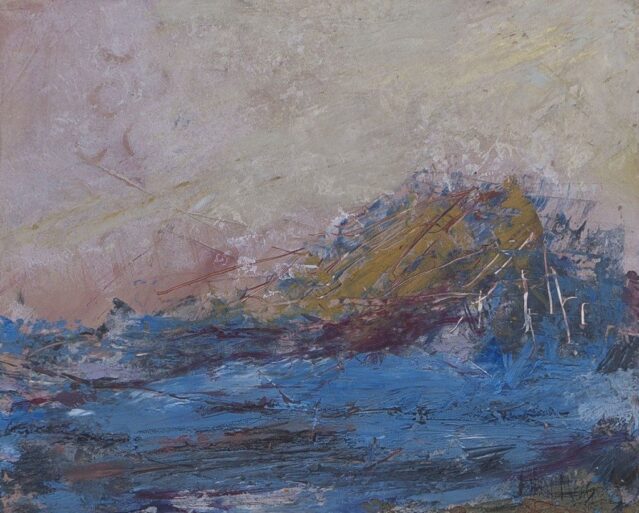Last evening we stayed too late: a Barcelona soccer game, a walk in the woods, finished with sautéed lobster tail, a watercress salad, and Chambord! I said out loud to our hosts “how come we’re so lucky?” None of us have any valid answer to that question, for the good things we enjoy are never because we deserve them, somehow earned them. My husband made a toast, remembering the words of the wise man of Ecclesiastes. And then, knowing snow was accumulating we headed home. Within a few minutes we knew we were in trouble, our light truck without chains was sliding on the unplowed roads.
It was only a quick couple inches of snow, but cars were already ditched all along our way. The interstate, a safer way to travel, was still unplowed, 25 mph at best. Stopping would mean stuck so we inched and slid along, figuring that at some point we were going to have to use our phones for help. How quickly ease of enjoyment turns to edge of our seats apprehension. And the interesting thing is that we are surprised at both: unexpected grace and also unexpected trouble. Don’t we live on ground that is constantly changing?
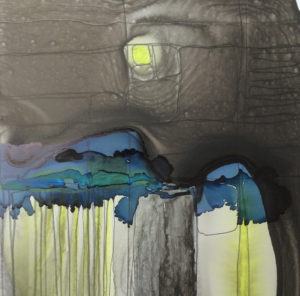 But we had to think forward now. We knew that if we made it to our own street we would never make it up the hill. I coached the man behind the wheel that we best park on the flat spot and walk that last way home. He is a determined man. I have been by his side over 4 decades. So we kept on going and incredibly swerved up the hill getting ready to negotiate the last turn. And there it was ahead, as if she was expecting us. Our neighbor, with the much flatter driveway had her garage door open, space made available for our truck. Her big light was on and she was beckoning us forward. We laughed again, “how come we’re so lucky?” “how come we’re not in a ditch also?” There is no good answer. And so my non-religious neighbor got out an antique hymnbook and the three of us sat at her table and sang. This is unexpected joy.
But we had to think forward now. We knew that if we made it to our own street we would never make it up the hill. I coached the man behind the wheel that we best park on the flat spot and walk that last way home. He is a determined man. I have been by his side over 4 decades. So we kept on going and incredibly swerved up the hill getting ready to negotiate the last turn. And there it was ahead, as if she was expecting us. Our neighbor, with the much flatter driveway had her garage door open, space made available for our truck. Her big light was on and she was beckoning us forward. We laughed again, “how come we’re so lucky?” “how come we’re not in a ditch also?” There is no good answer. And so my non-religious neighbor got out an antique hymnbook and the three of us sat at her table and sang. This is unexpected joy.
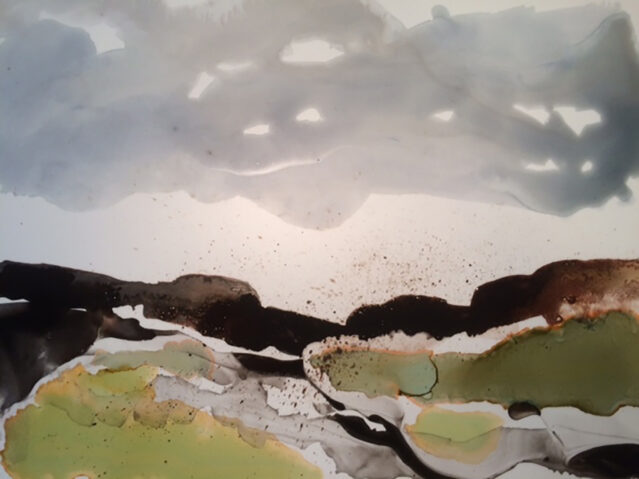

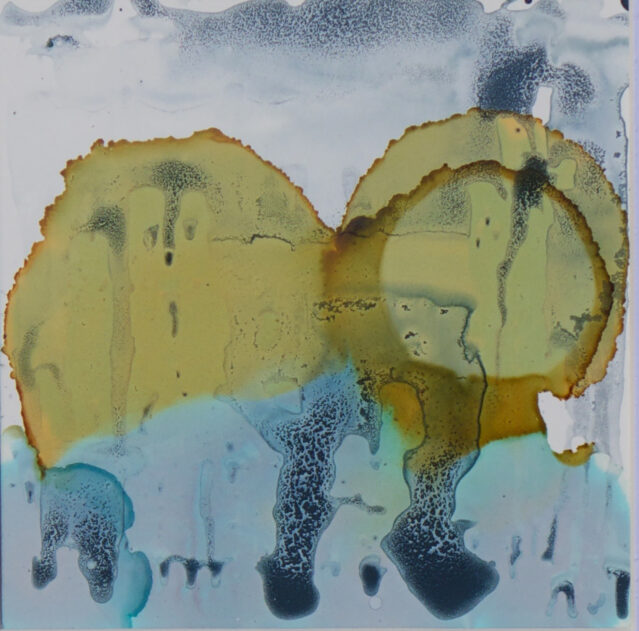
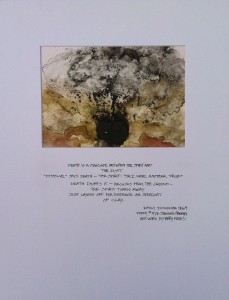
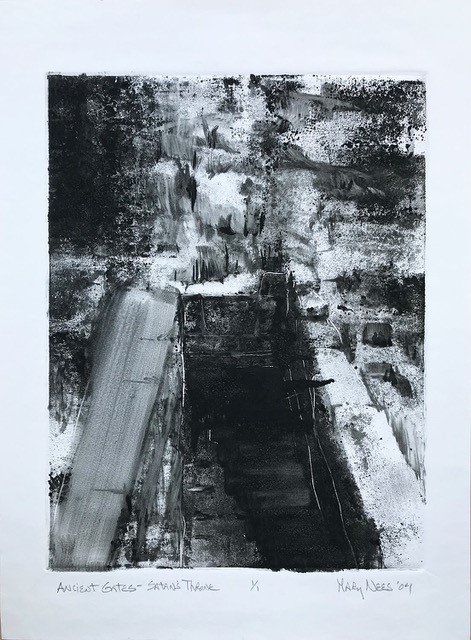
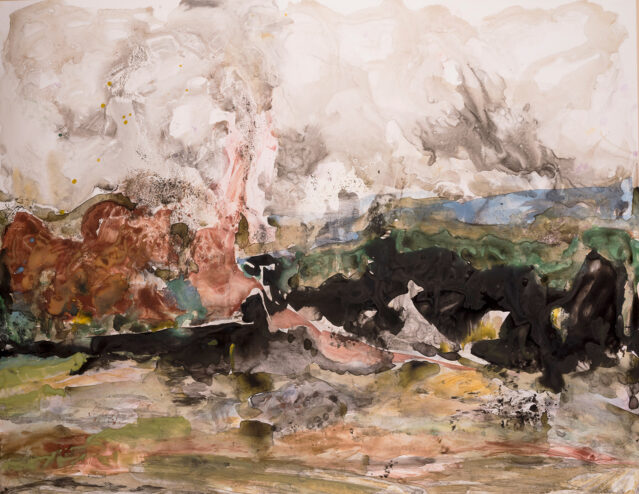
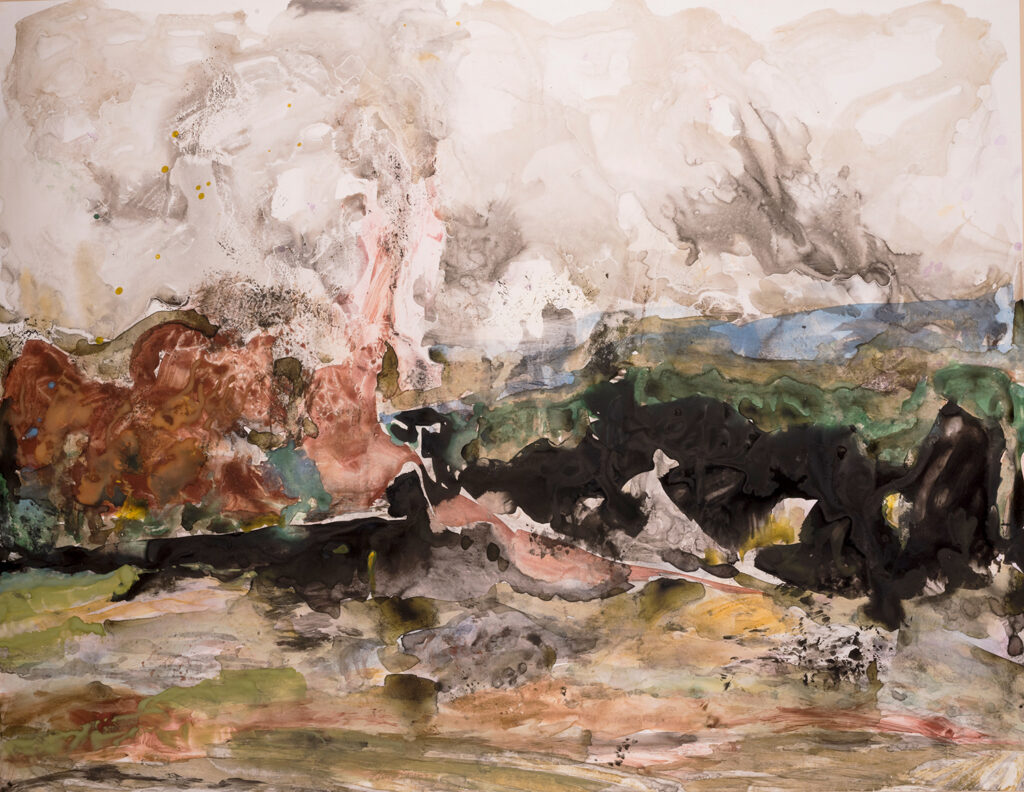
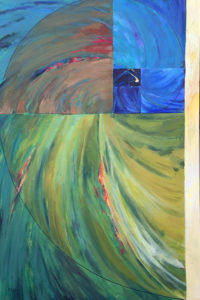 What I am posting today image-wise is a little embarrassing. I did this in 2002. It is a rather large piece: 3’x2′, laid down originally with acrylic. I was ambitiously hoping to put into imagery what I see happening in this collection of Psalms, but critiquing my own attempt, this is brash looking, really uninteresting visually, too direct. For these reasons and others this piece sat hidden behind much else for the last 13 years.
What I am posting today image-wise is a little embarrassing. I did this in 2002. It is a rather large piece: 3’x2′, laid down originally with acrylic. I was ambitiously hoping to put into imagery what I see happening in this collection of Psalms, but critiquing my own attempt, this is brash looking, really uninteresting visually, too direct. For these reasons and others this piece sat hidden behind much else for the last 13 years.